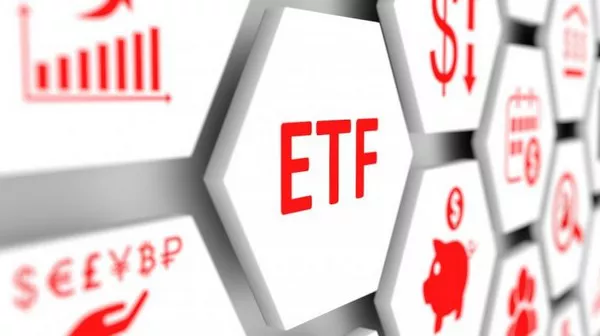In the fast-paced world of finance, hedge funds play a crucial role in managing capital and seeking optimal returns for their investors. The question on the minds of many is, “How do hedge funds trade?” In this comprehensive guide, we will delve into the intricacies of hedge fund trading strategies, shedding light on the methods employed by these financial powerhouses to navigate the complex landscape of the market.
Algorithmic Trading: The Heartbeat of Hedge Fund Strategies
Hedge funds are at the forefront of technological advancements, and many employ algorithmic trading to execute strategies with precision and speed. These sophisticated algorithms analyze vast amounts of market data, identifying patterns and trends that human traders might overlook.
Sub-item 1: Quantitative Models and Predictive Analytics
Harnessing the power of quantitative models and predictive analytics, hedge funds develop algorithms that execute trades based on mathematical formulas. These models consider historical data, market indicators, and economic factors to make informed predictions about future price movements.
Sub-item 2: High-Frequency Trading (HFT)
High-frequency trading is a subset of algorithmic trading that involves executing a large number of orders at exceptionally high speeds. Hedge funds utilize HFT to capitalize on small price discrepancies and take advantage of market inefficiencies, often gaining profits in milliseconds.
Sub-item 3: Machine Learning in Trading Strategies
Machine learning algorithms enable hedge funds to adapt to changing market conditions. By continuously learning from new data, these algorithms enhance their predictive capabilities, helping funds stay ahead of the curve and make informed trading decisions.
Diversification: Balancing Risk and Reward
Hedge funds are known for their diversified portfolios, a key strategy in managing risk and optimizing returns. Diversification involves spreading investments across different asset classes, industries, and geographic regions.
Sub-item 1: Asset Class Diversification
Hedge funds allocate their investments across various asset classes, such as equities, fixed income, commodities, and alternative investments like private equity and real estate. This diversification minimizes the impact of poor performance in a single asset class on the overall portfolio.
Sub-item 2: Global Investment Strategies
To further mitigate risk, hedge funds often adopt global investment strategies. By investing in international markets, funds can capitalize on opportunities and reduce the impact of regional economic downturns.
Event-Driven Strategies: Profiting from Market Catalysts
Hedge funds frequently employ event-driven strategies to capitalize on market events and catalysts that can influence asset prices.
Sub-item 1: Merger and Acquisition Arbitrage
Hedge funds engage in merger and acquisition arbitrage, taking advantage of price differentials between the current market price and the expected acquisition price of a company’s shares. This strategy involves assessing the likelihood of a successful merger and profiting from the price convergence.
Sub-item 2: Distressed Debt Investing
During economic downturns, hedge funds may focus on distressed debt investing. By purchasing the debt of financially troubled companies at discounted prices, funds position themselves for potential high returns if the companies recover.
Macroeconomic Analysis: Navigating the Global Economic Landscape
Hedge funds closely monitor macroeconomic factors to inform their investment decisions. Economic indicators, geopolitical events, and central bank policies all play a role in shaping a fund’s strategy.
Sub-item 1: Interest Rate and Inflation Considerations
Changes in interest rates and inflation can significantly impact asset prices. Hedge funds carefully analyze central bank policies and economic indicators to anticipate shifts in these fundamental factors.
Sub-item 2: Geopolitical Risk Assessment
Geopolitical events, such as elections, trade tensions, and global conflicts, can introduce volatility into financial markets. Hedge funds incorporate geopolitical risk assessments into their strategies to adapt to changing market conditions.
Risk Management: Safeguarding Capital in a Volatile Market
Effective risk management is paramount for hedge funds to protect capital and ensure sustainable returns over the long term.
Sub-item 1: Position Sizing and Portfolio Hedging
Hedge funds employ position sizing techniques to determine the appropriate amount of capital to allocate to each trade. Additionally, portfolio hedging strategies, such as using options and futures contracts, help mitigate potential losses in adverse market conditions.
Sub-item 2: Stress Testing and Scenario Analysis
Stress testing involves assessing how a portfolio would perform under extreme market conditions. Hedge funds conduct scenario analyses to evaluate the impact of specific events on their portfolios, allowing them to make informed adjustments to their risk management strategies.
In conclusion, understanding how hedge funds trade involves exploring a multifaceted world of advanced technologies, diversified portfolios, event-driven strategies, macroeconomic analyses, and robust risk management practices. By integrating these elements, hedge funds strive to navigate the intricate landscape of the financial markets and deliver optimal returns to their investors.


